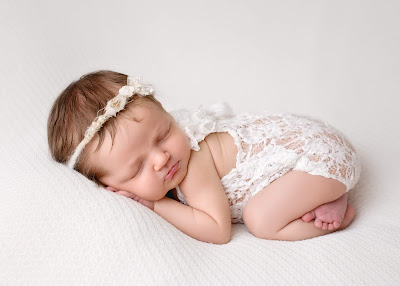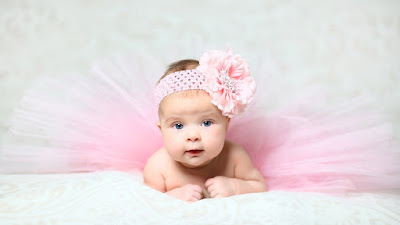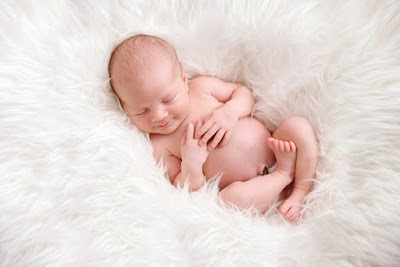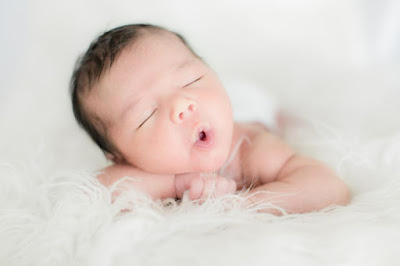Photography - Its History and the Earliest Techniques
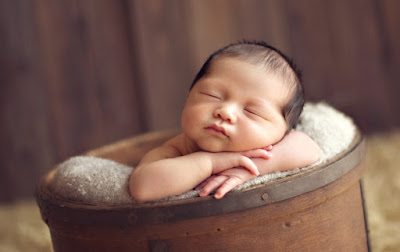
The word 'photography' is of Greek origin coming from the combination of 'photos' meaning 'light' and 'graphein' which is 'to draw'. It pertained to the use of light or any related radiation to record images on a sensitive material and was first used in 1839 by Sir John F W Herschel, a scientist. The history of the camera, to speak of it as a piece of equipment involved in taking photographs, goes beyond the introduction or the subject of photography. When we delve into how the camera evolved from its very early days to a highly sophisticated and complex electronic gadget, there are parallels to be drawn in the evolution of cameras and photographic technology beginning with the 'camera obscura' and running through others such as daguerreotypes, calotypes, dry plates, film and finally the digital camera. 'Camera Obscura' or the Pinhole Camera The origin of the camera began with the 'camera obscura' which c
